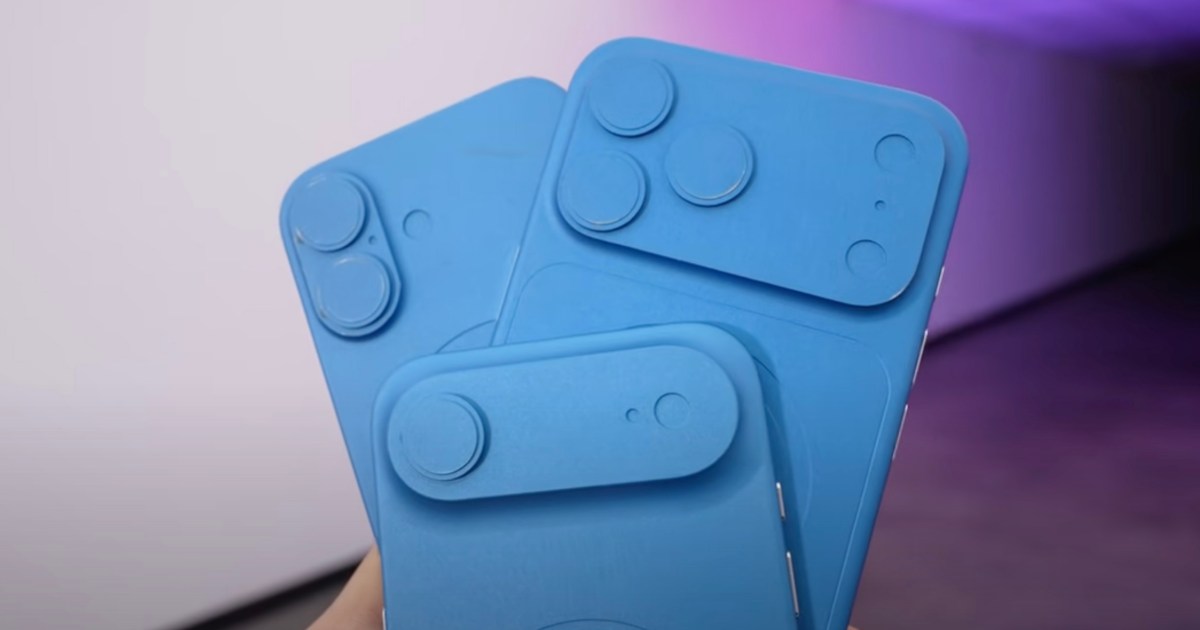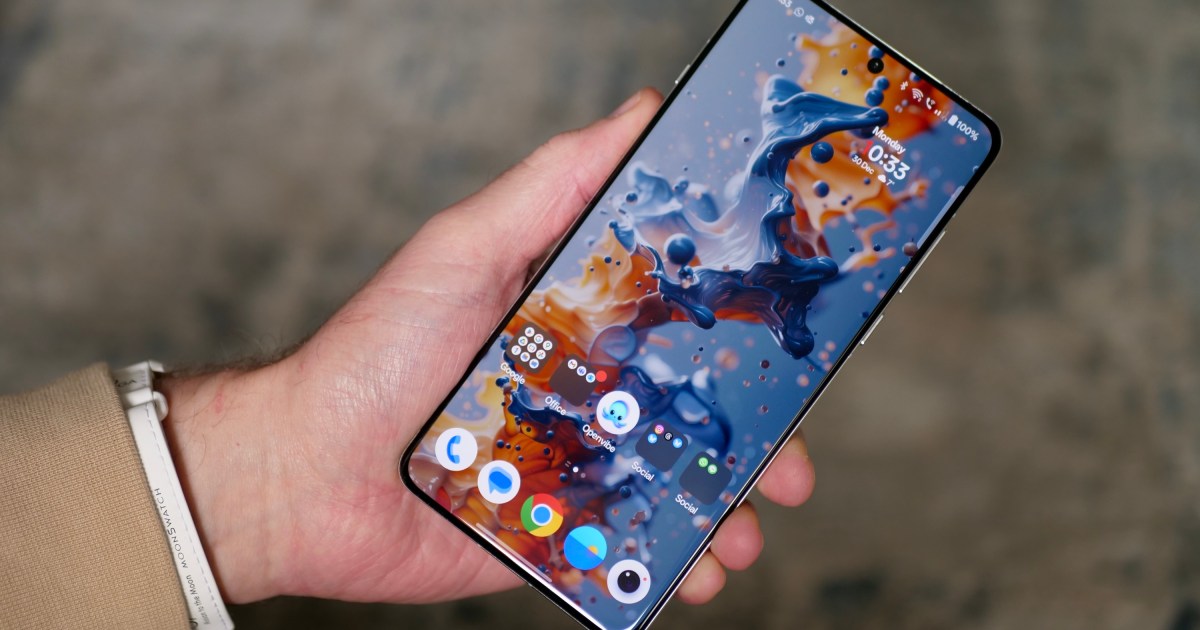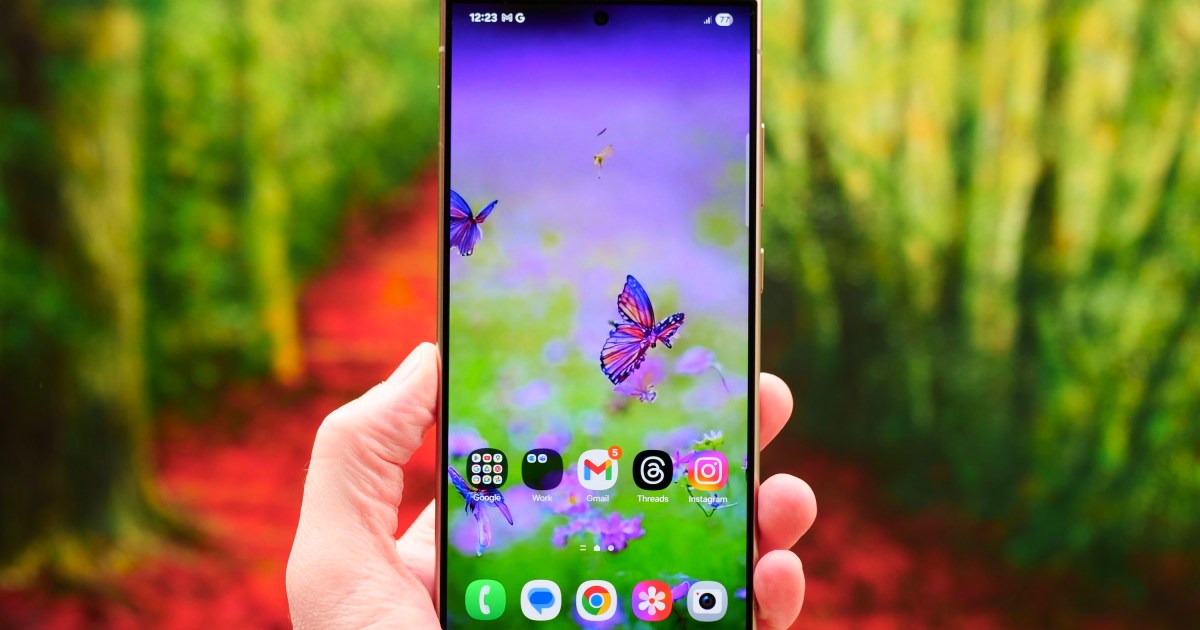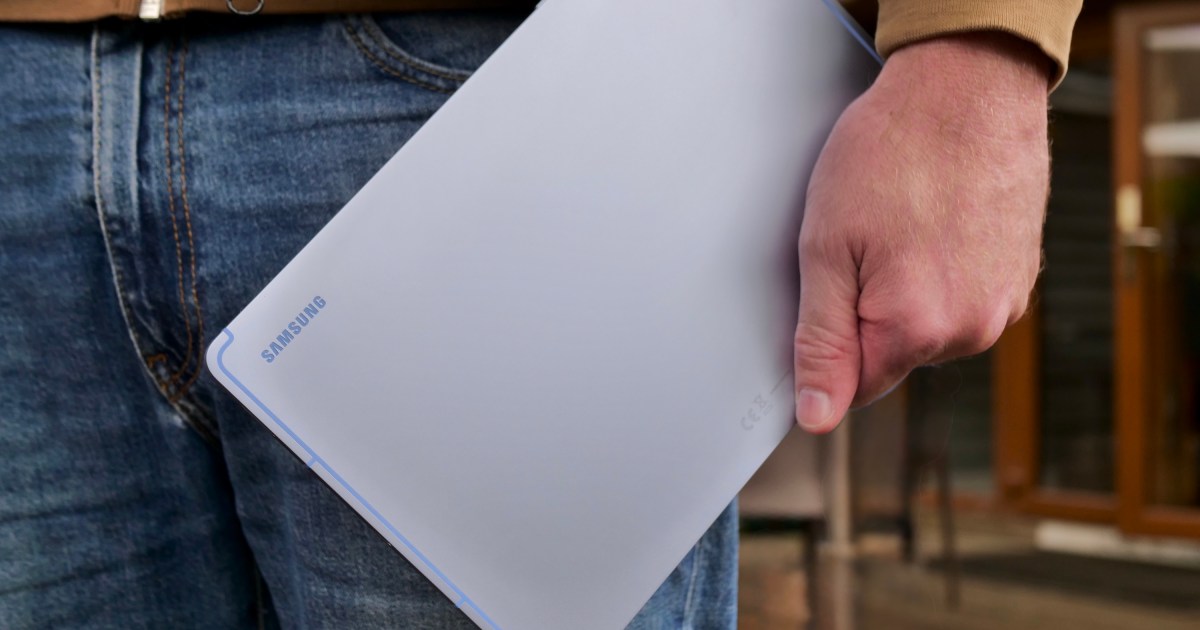The smartphone camera revolution has transformed how we capture and share the world around us. From single-lens setups to the multi-camera systems common today, the advancements have been remarkable. Zoom capabilities, stunning portrait shots, and professional-quality video recording are now standard features. But have you ever wondered how these incredible cameras are developed and tested? Join us on a journey to Oppo’s Imaging Lab in China to uncover the secrets behind smartphone camera innovation.
 Oppo Find X8 Ultra camera
Oppo Find X8 Ultra camera
Oppo’s Binhai Bay Campus: Home of the Imaging Lab
During the Oppo Find X8 Ultra launch, we visited Oppo’s new Binhai Bay campus near Shenzhen, China. This massive facility houses the Oppo Imaging Lab, a dedicated space for pushing the boundaries of smartphone camera technology. Oppo and OnePlus, sister companies, have consistently delivered some of the best smartphone cameras on the market, including the Oppo Find X8 Pro with its impressive 60x zoom and the OnePlus 13. The latest Find X8 Ultra further elevates mobile photography with exceptional HDR and portrait capabilities, boasting lightning-fast autofocus. Our visit provided a behind-the-scenes look at four key testing processes focused on rear camera photography, although similar methods are applied to video, zoom, and front-facing cameras.
 Oppo Imaging Lab
Oppo Imaging Lab
Industry and Carrier-Standard Testing
Objective camera evaluation begins with industry-standard testing charts within a controlled light box. These electronically controlled charts allow for efficient comparison against competitors and provide quantifiable performance metrics.
 Industry Standard Testing
Industry Standard Testing
Beyond industry standards, Oppo also adheres to rigorous carrier-specific requirements, often exceeding the basic objective tests. We observed the use of T-Mobile’s testing charts and protocols, highlighting the importance of carrier compliance.
 Carrier Standard Testing
Carrier Standard Testing
Rigorous HDR Performance Evaluation
High Dynamic Range (HDR) has become a critical feature in smartphone photography. Supporting various HDR standards like HDR10, HDR10+, HDR Vivid, and Ultra HDR demands extensive testing. Oppo utilizes automated tests running for seven hours per lens, totaling 28 hours for the Find X8 Ultra’s rear camera system. The HDR testing lab employs automated tracks and a gimbal rig to simulate different focal lengths. A variety of charts, including grayscale and color variations, are used under human supervision to ensure accurate HDR performance and accurate color reproduction.
 HDR Testing Setup
HDR Testing Setup
 HDR Testing in Progress
HDR Testing in Progress
Perfecting Portraits and Skin Tone Accuracy
Accurately capturing diverse skin tones, especially within a single image, presents a significant challenge. Oppo’s Find X8 Ultra utilizes a true chroma sensor to detect up to 40 color temperatures. In addition, specialized labs simulate portrait photography with different skin tones in various lighting conditions. Automated tracks and multiple portrait heads are used to create a wide range of scenarios, testing the camera’s ability to handle complex lighting and skin tone variations.
 Portrait Testing Lab
Portrait Testing Lab
A Continuous Cycle of Improvement
Oppo’s meticulous testing approach clearly contributes to its camera success. The 28-hour HDR test is just one part of a much larger process. Testing results inform algorithm adjustments, requiring further testing cycles. Numerous other camera features also undergo rigorous evaluation in specialized labs. Manual testing against competitor devices complements the lab work, ensuring Oppo’s cameras remain competitive.
 Find X8 Ultra Camera Sample
Find X8 Ultra Camera Sample
Conclusion
Oppo’s commitment to extensive testing, encompassing industry standards, carrier requirements, HDR performance, and accurate skin tone reproduction, is evident in the outstanding camera quality of its devices. Thousands of testing hours contribute to delivering exceptional image quality and innovative features. This rigorous approach has propelled Oppo to the forefront of smartphone camera technology, and we eagerly anticipate future advancements from their Imaging Lab.










